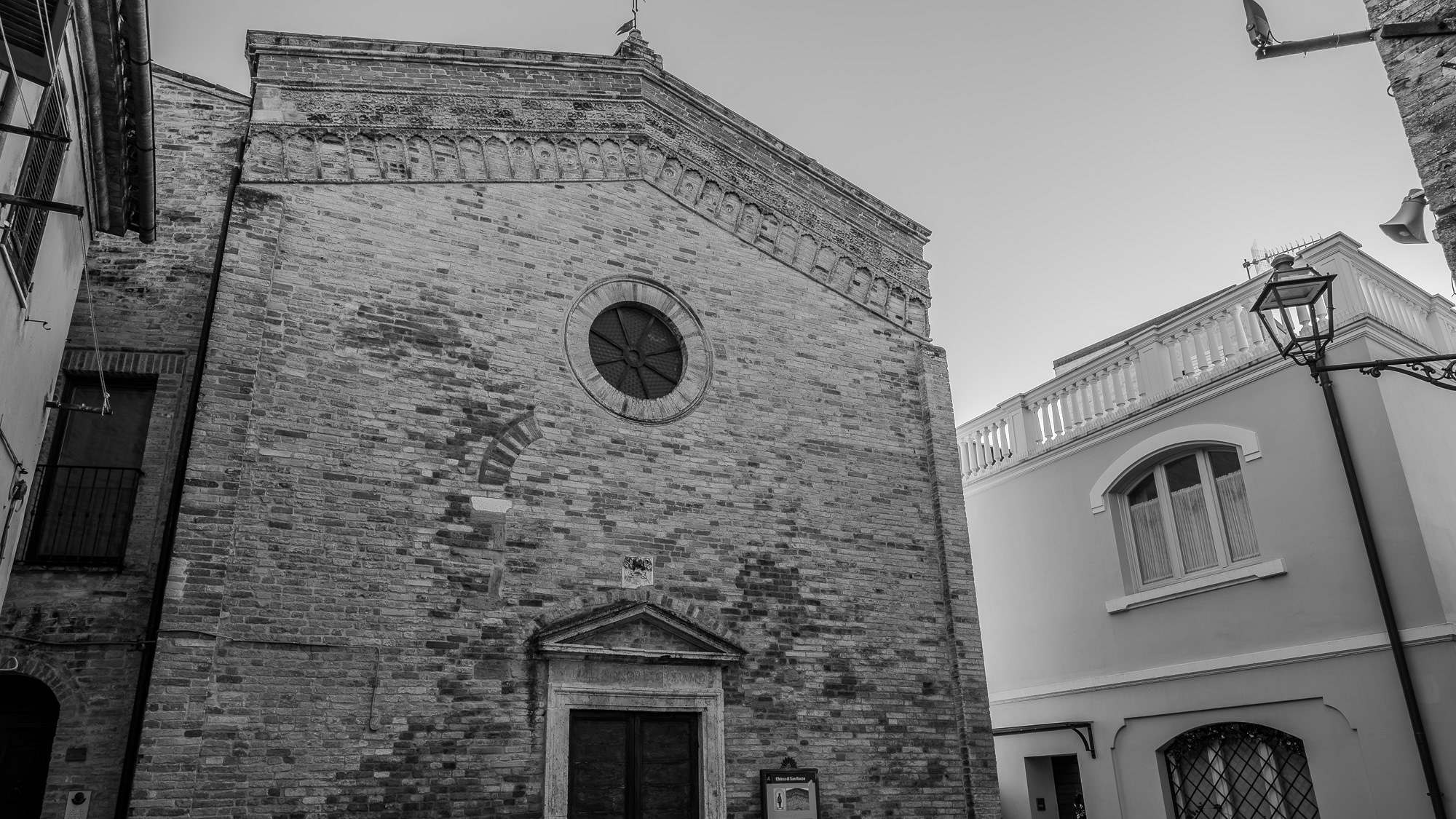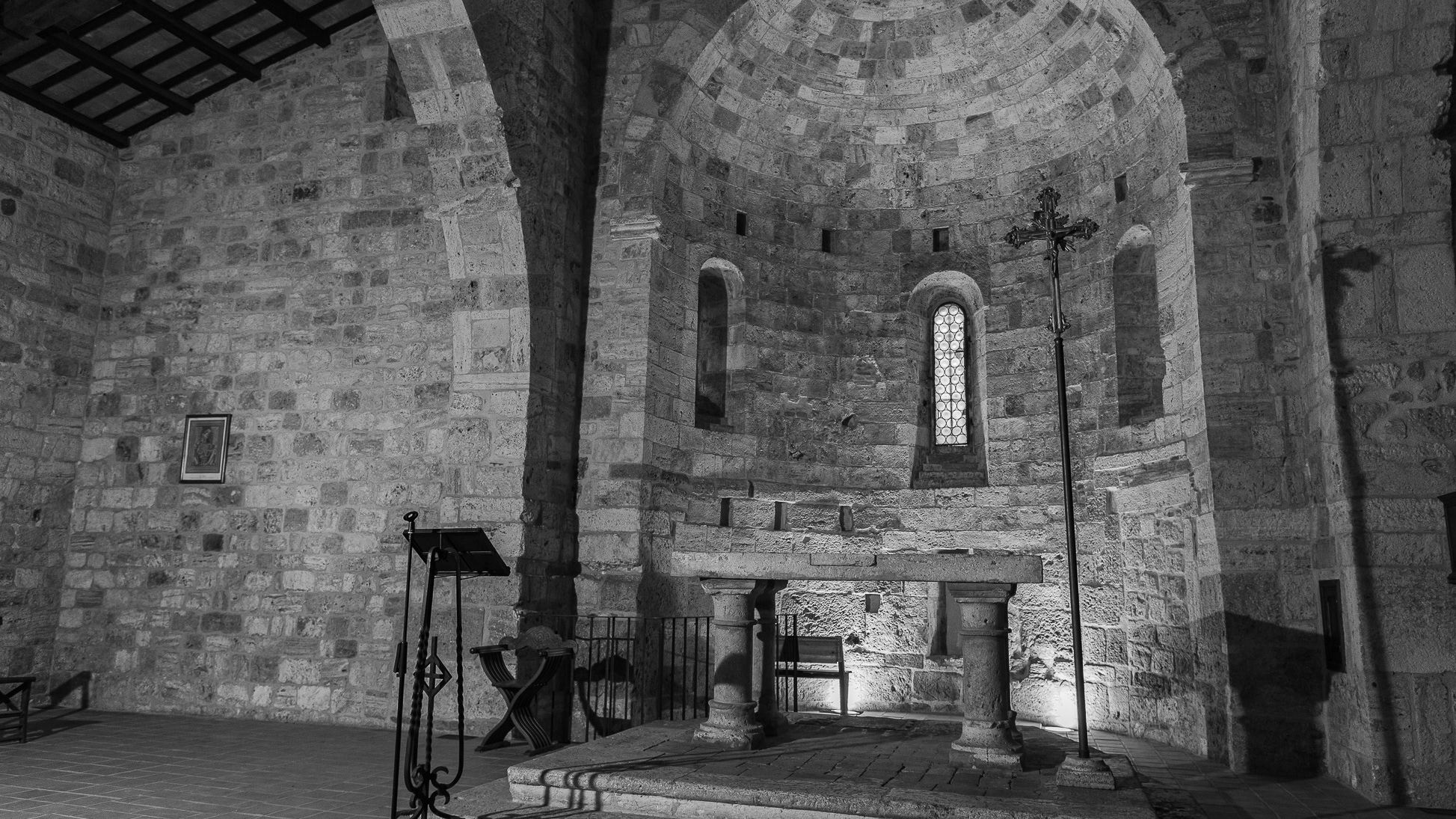Castel Trosino, Ascoli Piceno. Glimpses
Castel Trosino is a small village of medieval origins which embodies an important series of historical, architectural, cultural and environmental "values". Castel Trosino has always been located in an important area that leads from the Apennine passes to the Adriatic Sea. It is in fact widespread opinion that the original Salaria consular road passed on this route, we do not know if this corresponds to the truth, but it is certain that through this important village there was a route that connected with the southern area of Umbria, a director widely used in Roman and early medieval times. The small village is located on a travertine rock (the main material of the area) as a cliff over the Castellano valley. The small village of the castle itself is organized around a central street that penetrates inside to the main square in front of the church dedicated today to San Lorenzo Martire.
You may also like





